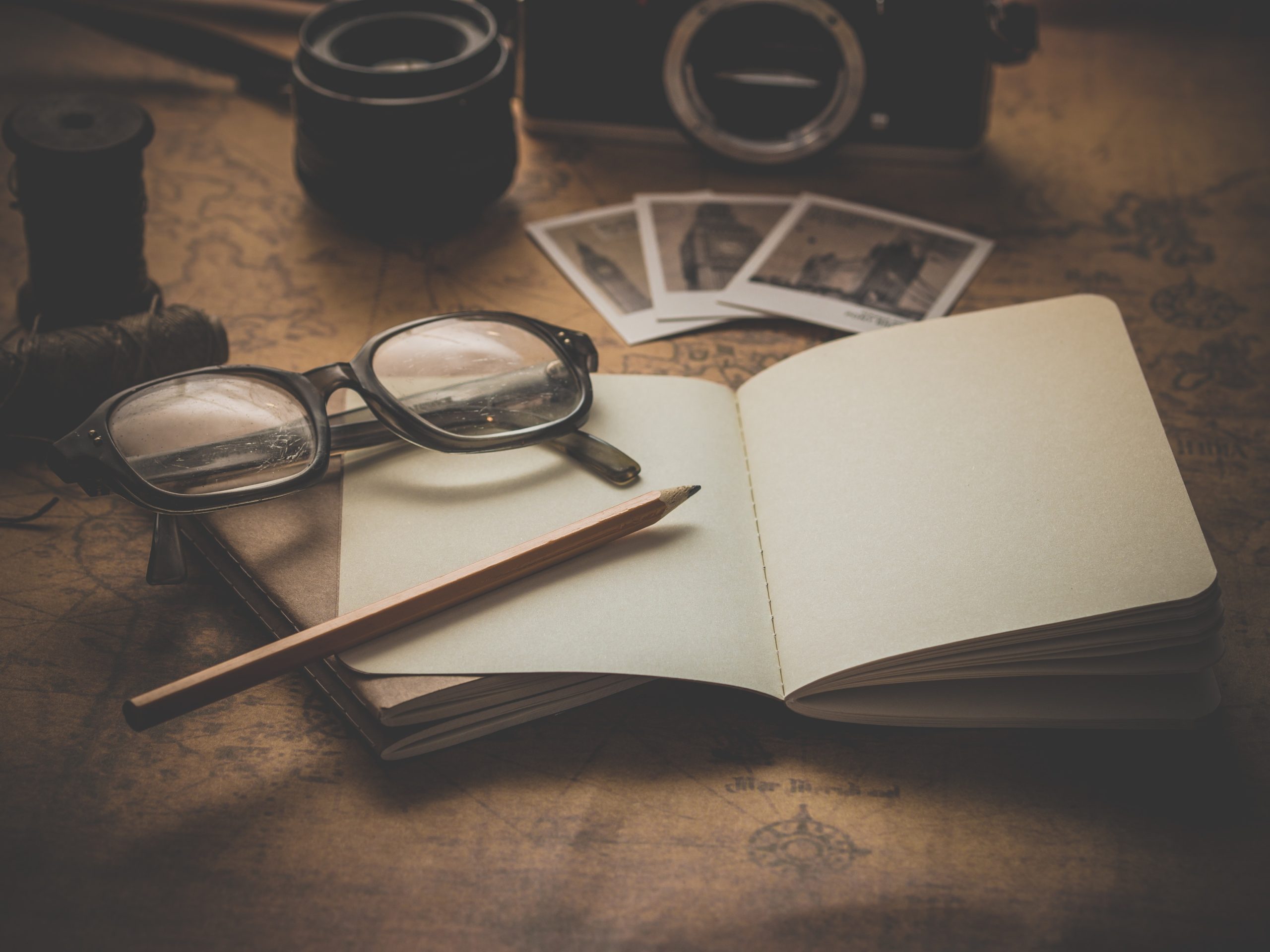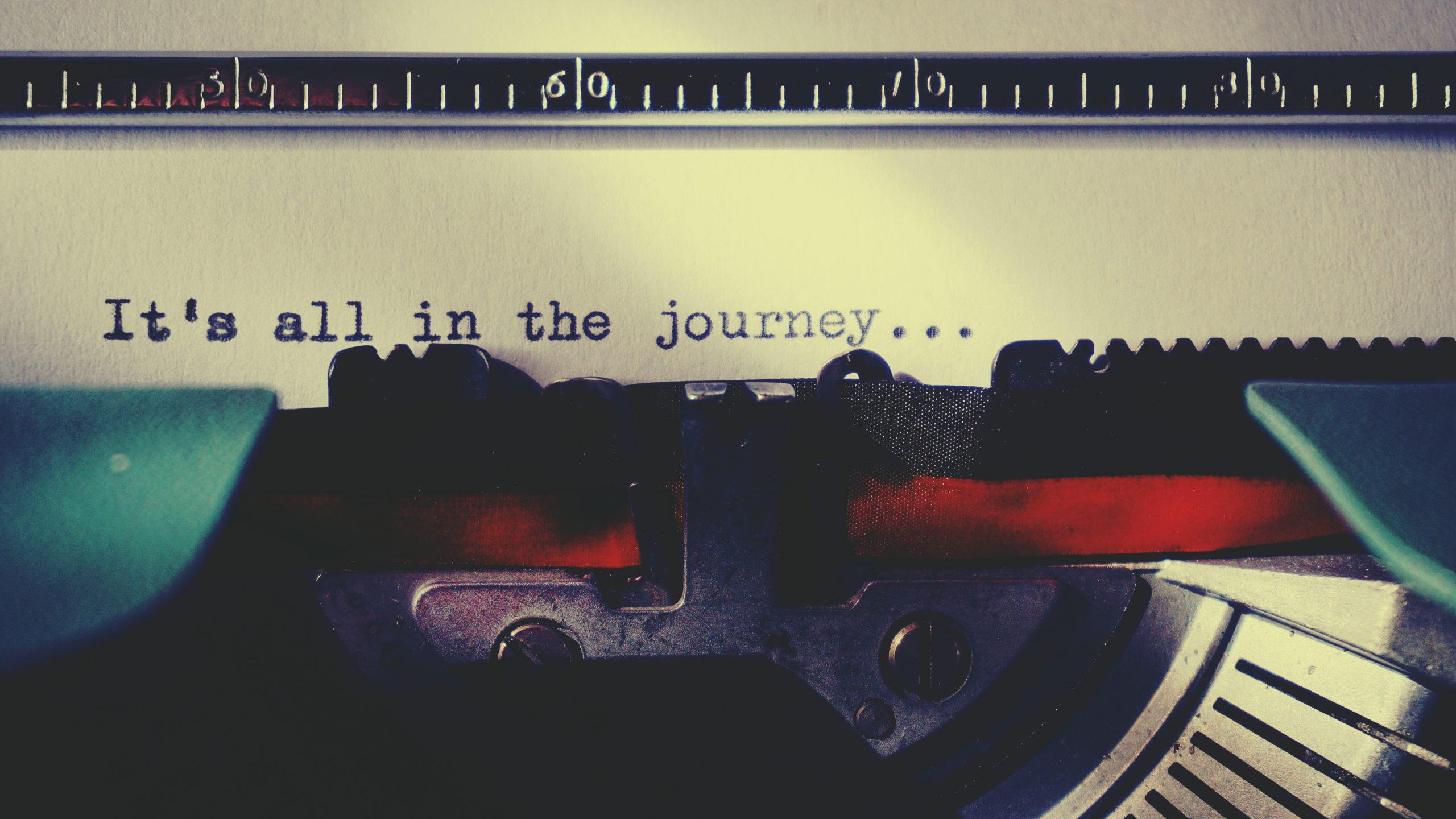Introduction
This week, we’re starting a new mini-series on Thursday Technicalities. We’re going to go over point-of-view. This week, we’re just going to cover the basics. Once we’ve done that, I’ll get into how to choose a point-of-view and viewpoint as well as some other specific, more advanced topics on point-of-view. Hopefully this will be helpful for you all!
First Person POV
Let’s start with the point-of-view that many beginners choose. First person point-of-view is often easier for beginners because it feels more natural to speak in first person. It’s what we use all the time in regular speech. Out of all the points-of-view a writer can use, this is the one that generally feels closest to the reader because the character is the narrator and they tell you how things happened. However, this does present its own difficulties, as we’ll see in a later blog post on point-of-view.
Second Person POV
This is rarely used, but it bears mentioning because some books can use it to good effect. The entire book, in this point-of-view, is written as though the character (you) is the reader. Of course, this usually has the effect of distancing the reader from the book because they balk at more things and their suspension of belief is challenged too greatly. After all, they might not do the things your character (the you in the story) does, and so they find that it is irritating to be addressed and asked to be the character for the duration of the novel. The best place for this point-of-view tends to be books that are of the Choose-Your-Own Adventure variety because it then allows the reader to make some subset of decisions on their own rather than having everything dictated for them.
Third Person POV
This is the second most common point-of-view used in writing and with good reason. It allows for more scope than first person does, but it also still contains some of the up close and personal feeling that first person contains. Often, this is used for adult books because it allows authors to have more than one point-of-view per chapter, which is often necessary for more complicated plots.
Third Person Limited or Omniscient
The final common point-of-view in writing is third person omniscient or limited point-of-view. This is usually best suited to humor and satire, though it can work in other instances too. Of note is the fact that this used to be quite popular during the days of Tolkien and Dickens. Both authors, as well as many of their contemporaries, used the point-of-view with wonderful effect in their writing. However, the days when readers were willing to read that sort of prose in a non-humor or satire setting have passed, and most readers will only put up with it for the sake of reading a classic. As such, generally, it’s best to avoid this unless it suits your novel in a very specific way.
As far as what omniscient point-of-view actually entails, the point-of-view is that of an all-knowing narrator. That narrator may be the older version of a character in the story or someone who is only observing the story (much as Death does in The Book Thief), but the narrator does not participate in the story. Instead, they tell the reader what has happened and provide interesting commentary to go along with it. The key to omniscient point-of-view lies in that interesting commentary and a narrator with an engaging voice, but this also makes it an extremely difficult point-of-view that I don’t recommend for beginners. Not for an entire novel at least. If you want to experiment with it, go for it! It’s a good exercise that will help to grow your writing ability, but start small because this point-of-view is tough, even for experienced writers.
Conclusion
These main points-of-view are the ones that have stood throughout writing history. Various authors use them to produce fiction that vastly differs in its style, content, and voice. You can use them too, but it requires some knowledge of how to choose and what is involved in each. I’ll be discussing that next time on Thursday Technicalities, so stay tuned for that! I hope this has been helpful.
As always, if there’s a topic you’d like me to cover in this blog category or another, feel free to email me or leave it in the comments. I’m always happy to get them!








